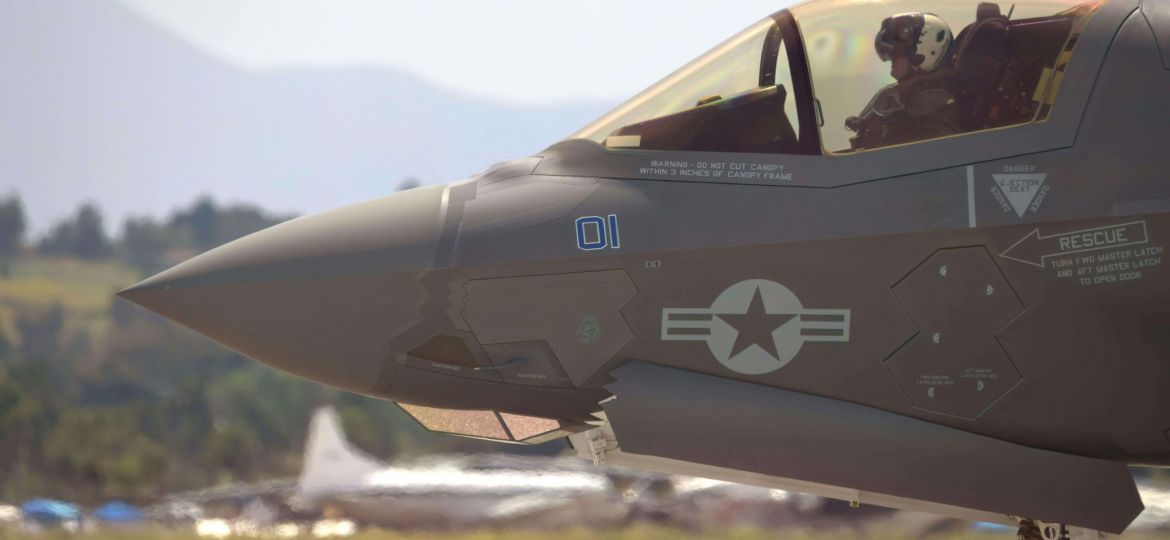
For many federal employees who previously served in the military, the military buyback program offers a valuable opportunity to enhance their civilian retirement benefits. Whether you served in the Army, Navy, Air Force, Space Force, Marine Corps, Coast Guard, or other uniformed services, understanding the details of this program could mean a significant boost to your future pension.
The military buyback process essentially allows you to count your prior military service toward your civilian federal retirement, potentially shaving years off the service time required before becoming eligible for voluntary retirement. But like any major financial decision, it’s important to understand the costs, timeline, and rules that apply.
The cost of buying back military time is determined by several factors: your pay grade during military service, how many years of service you are buying back, and how long it has been since you left the military. For most employees, the amount owed is calculated as 3% of your military earnings, plus interest. This interest doesn’t begin to accrue until the third anniversary of your federal employment, but once it kicks in, the rate is variable and changes annually.
Buying back your military service time must be completed before you retire. While the process can take anywhere from three to six months, planning ahead is key to ensuring that your buyback is processed smoothly. Federal employees have flexibility in how they pay for their buyback—either as a lump sum or through installments deducted directly from their paychecks. If choosing the installment route, be aware that the amount deducted must be a multiple of $5.
Not all military service qualifies for buyback, however. If your service is already counted toward an active-duty retirement, it cannot also be applied to your civilian federal service unless you surrender your military retirement benefits. While this option exists, it is almost never financially beneficial to give up an active-duty retirement in favor of counting that time toward your federal civilian retirement.
For those eligible, the buyback process begins by submitting your DD Form 214 (Certificate of Release or Discharge from Active Duty) and requesting an estimate. After receiving the estimate, you can choose how to proceed with payment. Once the deposit is paid, your Service Computation Date (SCD) is adjusted to reflect the additional service time, which can be a game-changer for employees who were previously ineligible for voluntary retirement. The move can also give a significant boost to your pension.
One of the compelling aspects of military buyback is that the amount paid to buy back the time is typically recouped within three to four years of retirement through the increased pension. This makes it a highly profitable option for those planning to enjoy a long civilian retirement.
Qualifying Military Service
To qualify for military buyback, the service must have been active-duty, and it must be in one of the following branches:
- Army
- Navy
- Air Force
- Space Force
- Marine Corps
- Coast Guard
- The Public Health Service of the United States (for service performed after June 30, 1960)
- The National Oceanic and Atmospheric Administration (for service performed after June 30, 1961)
While active-duty service in these branches counts toward buyback, National Guard service is a bit more complex. In most cases, National Guard time is not creditable unless the service was performed under a call by the President or under orders issued under specific provisions of U.S. law. Even service performed for a federally recognized National Guard unit will not qualify unless it meets these criteria.
For reservists, only active-duty time—the periods during which you were called to full-time military service—can be bought back for credit toward your civilian federal retirement. A significant advantage here is that this active-duty time can be applied toward both your military reserve pension and your civilian pension. In other words, you can essentially “double dip” by using the same period of service to enhance both retirement benefits, maximizing the value of your military service without forfeiting your reserve pension.
Article Recap
- Military buyback is a financially sound choice for federal employees with prior military service, unless you are collecting an active duty pension.
- The process requires time and some upfront payment but offers significant long-term rewards.
- Benefits include a larger pension and the potential for earlier retirement.
- Typically, the investment in buying back military service is recouped within three to four years of retirement through increased pension payouts.
- It’s crucial to initiate the buyback process as early as possible to minimize costs and avoid accumulating interest after three years of federal employment.
- Starting early ensures timely completion of all necessary paperwork before retirement.
- Consulting with a federal retirement advisor or HR specialist is recommended to make informed financial decisions.
